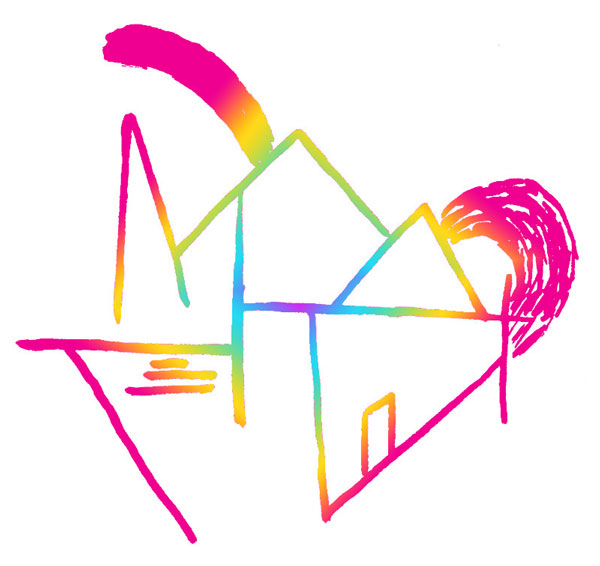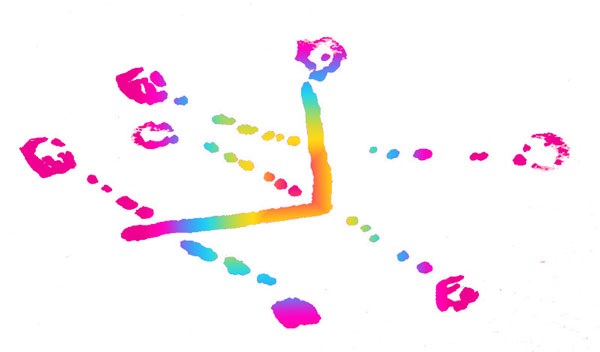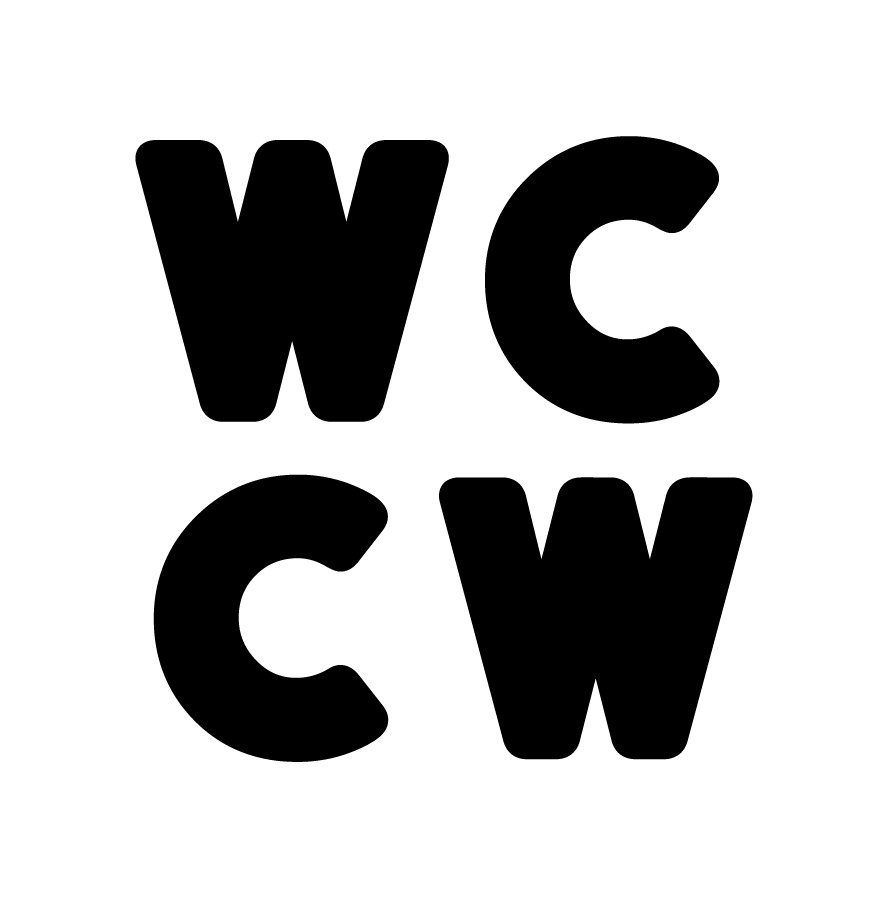The Women’s Center for Creative Work announces
Year-Long Laboratory
A mobile research and creation platform which engages with different women-centric communities in Los Angeles in the spirit of experimentation and information gathering.

Our first few Women’s Dinners and events galvanized our community in powerful ways we hadn’t quite anticipated. It became clear that the WCCW needed a permanent gathering place to house these burgeoning energies of contemporary feminism in Los Angeles. But rushing to sign a lease is never a good idea. First we must give ourselves ample time to examine ourselves and our project, to radically know where we are and where we came from, to question our own assumptions about both feminism and the the idea of Los Angeles, to look both inward and outward.
Year Long Laboratory is a set period of time to focus on hosting site-specific events, conversations and workshops in order to test, learn, talk, organize, fundraise, practice and build networks. We’ll be working to learn as much as we can from those who came before us, examining the histories of community groups, alternative organizational models and artists collectives of Los Angeles and beyond. We will try out different programming possibilities, community work models, collective studio space arrangements and workshop topics. We’ll endeavour to link ourselves to historical and current trajectories by listening, watching, participating and learning from both our own ever-expanding community and those kindred to ours. At its completion, Year Long Laboratory will have provided the real time research and development needed for a permanent physical iteration of the WCCW.

Year Long Laboratory is a program divided into four three-month increments, each with a different, broad focus.
Quarter 1: Concerning Histories and Experimental Institutions
April-June 2014
During Q1 we focus on the History of Feminist Spaces and Experimental Institutional Models.
Specifically, we ask the following questions:
1. What feminist histories and art practices relate to what we’re doing? What can we learn from them?
2. What are the necessary components of a shared feminist workspace?
3. What alternative organizational models can we examine? How can we modify them for our own use?
4. How have our foremothers dealt with issues of inclusivity and diversity in feminist organizing?
Quarter 2: Concerning Work and Shop
July-September 2014
During Q2 we look towards economies, radical and otherwise. It’s important to consider the etymology of the word: oikos -house and nomos -to steward. An economy is the management of a household. We reconsider economies of care and reciprocity as we continue to build the process-oriented reality that is the WCCW. We ask each other what we need, now, from the world and from each other. We delve into what our everyday, dominant, economic system is –how it supports us, and how we can perhaps find alternative ways together to relate to labor, to each other, to our city. With the WCCW we imagine a person-centered, creator-driven economy that supports and provides for its members. We are building an organization we want to work for, something that our growing community will want to support and be a part of too.
Specifically, we ask the following questions:
1. How can we create models for exchange that support each other and our community financially and creatively?
2. What are viable, long and short term, funding models for a not-for profit arts organization?
3. What are working models we can look to to learn to budget our expenses?
4. What do we charge for in an effort to support artists and ourselves, and what can we give away -what kind of things can exist outside of capital?
5. How we can make a sustainable organization that is able to fund itself without becoming singularly-focused on funding or falling victim to a capitalist, patriarchal model?
Quarter 3: Concerning Communities
October-December 2014
Q3 marks the time we focus on communities: We look at the invisible fabrics which bring and hold a group of individuals together. How is this fabric made? Are people held together by belief, artistic preference, similarity of taste, background, proximity? All or none of these things? What does it mean to belong to a community? How does one initiate and continue this process? With the WCCW we endeavor to create a community that is flexible and nurturing, a responsive organism which allows its members to grow as it does.
Specifically, we ask the following questions:
1. What makes a community?
2. What does it mean to be an active and responsible community member?
3. What does a feminist community look like?
4. How can a creative community support each other emotionally, physically, artistically, economically?
5. How can a community grow, expanding to fit and serve new and diverse members?
Quarter 4: Concerning Space
January–March 2015
We have come from the most abstract to the most real. During our last quarter we look right down at the ground below our feet. Here we synthesize our work with histories, economies, and communities into a physical incarnation: our own space to house the WCCW operations offices, shared workspace and resources. We examine possible shared workspace models in Los Angeles, we visit with other organizers and discuss how they meet the needs of their own communities within their spaces. We manifest our own space. What does it look like? How does it run? Where is it located? What do the walls and floors look like? How does the community share our resources? How are schedules enforced? And, perhaps most importantly, who cleans the toilet?
Specifically, We ask the following questions:
1. What are viable models of shared workspaces in Los Angeles?
2. How do we find a space that works within our budget to meet the needs of our community?
3. What are our personal goals in terms of space location and size?
4. What relationships do we build to help us manifest our space?
